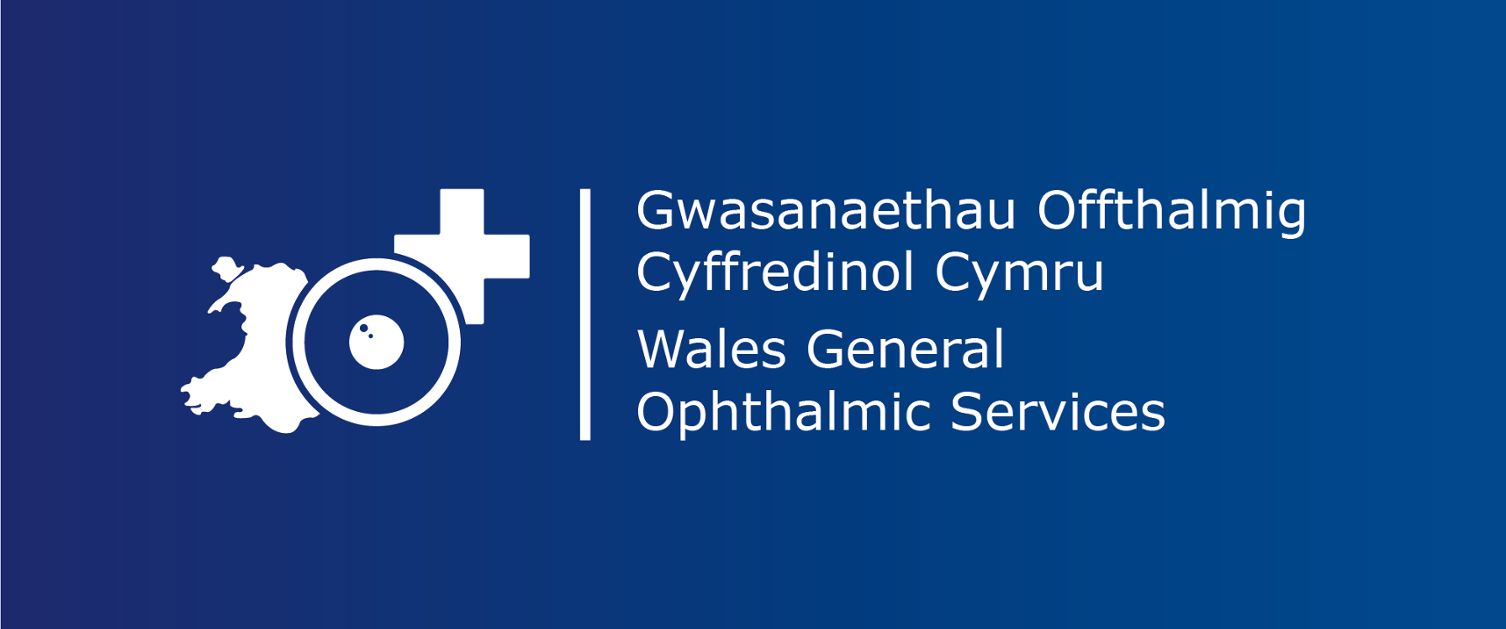WGOS 3 (Low Vision Service)

WGOS 3 – Low Vision Assessment-Information for other professionals wishing to refer to the WGOS Low Vision.
What is a low vision assessment?
In a low vision assessment, a practitioner will try to determine what a person with a visual impairment needs and wants to do. They will then assess the person's visual function which may include measurement of their Visual Acuity (distance and near), Contrast Sensitivity and Functional Visual Fields. Using this information, the practitioner will determine if any low vision aids are available to help a person with low vision do the things they want. This might include magnifiers and lights. They will also use their specialist knowledge to refer to other professionals and services which may provide additional help and support including social services; voluntary organisations; the Hospital Eye Service for registration as Sight Impaired or Severely Sight Impaired; education services or employment services.
The appointment with the low vision practitioner usually lasts about an hour and is provided free of charge by the NHS and all the low vision aids are available on loan, and free of charge.
Who should be referred for a low vision assessment?
Anyone entering the service should have had a sight test within the last year. Most people using the service will be entitled to a WGOS NHS sight test.
All those with distance visual acuity of 6/12 or worse, and/ or near acuity of N6 or worse (with a plus 4 dioptre reading addition) or significantly constricted visual fields can access the service. Patients registered as Sight Impaired (SI) or Severely Sight Impaired (SSI) automatically qualify for the Service. People need to be residents of Wales to be eligible to use WGOS Low Vision.
How do I refer someone for a low vision assessment?
You can check to see who in your area is offering WGOS Low Vision. You or the patient can then contact a suitable practice direct and an appointment should be arranged within 2 weeks.
Link to practices providing services
Certification of Vision Impairment Wales (CVIW)
Certification is the pre-requisite to registration with a vision impairment. The Social Services and Well-being (Wales) 2014 Act requires local authorities to establish and maintain a register of people who are ordinarily resident in the local authority's area and who are sight-impaired, hearing-impaired or who suffer from sight and hearing impairments which, in combination, have a significant effect on their day to day lives.
Registration ensures access to services and support aimed at maintaining a person’s independence, inclusive of that offered by Habilitation officers and Rehabilitation Officers for the Visually Impaired.
The CVIW also has additional functions. It allows the collection of epidemiological information about the incidence and causes of certifiable sight loss in the UK. In Wales, the CVIW is used to indicate prevalence of certifiable vision impairment and is recognised by the Department of Work and Pensions as medical evidence of sight loss.
Practitioners accredited to provide Low Vision Assessment in Wales are now able to certify eligible people with sight loss, if the cause of sight loss is Dry Age Related Macula Degeneration.)